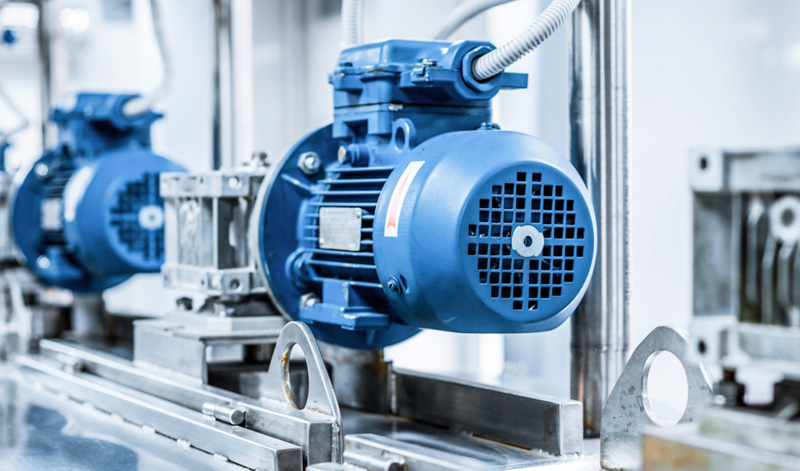
Variable Frequency Drives Hit the Small Time
There was a time when variable frequency drives (VFDs) were only used for large motors in industrial facilities. Now, with the increased sophistication and proliferation of these devices, they’re being used to save energy in water pumps, HVAC fans, conveyor motors and other variable torque applications.
Are VFDs a good fit for your application? Wherever a motor load fluctuates, there is potential to reduce energy costs with a VFD. However, the more hours a motor operates, the larger the energy savings. Overall, issues such as load variation and operating hours are more important than motor size when you are considering a VFD installation.
Driving energy savings
The energy-saving capability of VFDs is well documented and can range up to 50% or more. The following case studies demonstrate how they can reduce costs.
Milking the savings
A dairy operation was using a 30 hp constant-speed AC motor to operate automatic equipment that milks cows and sends the milk to a holding tank. They upgraded to a new 20 hp high-efficiency motor and installed a VFD to adjust pump speed based on the system load. The result was energy savings of more than $5,500 a year. At a total cost of $8,200, the project had a simple payback of 1.5 years.
Cutting from a different cloth
A small textile processing plant wanted to improve the performance of its HVAC system. It retrofitted 15 of the system’s fan motors with VFDs. Because the plant operates 24/7, the savings were substantial; ventilation system energy use was reduced by nearly 60%, while improving comfort and air quality within the facility. The project paid for itself in a little more than one year.
The ups and downs
VFDs can provide your facility with a number of important benefits, but they’re not without limitations.
They provide an efficient way to change motor output and make it practical to use precise motor speed in a variety of applications. VFDs offer the best turndown ratio, and some of the newer models approach the near-zero speed capability of DC drives. Fewer moving parts offer low maintenance, as well as ease of installation and retrofit.
Despite these advantages, VFDs can produce harmonics and may require power quality protection. Some VFDs may cause legacy motors to run substantially hotter. Moreover, VFDs don’t save energy when applied to loads with little variation in speed. Carefully consider the potential advantages and disadvantages before installing VFDs.